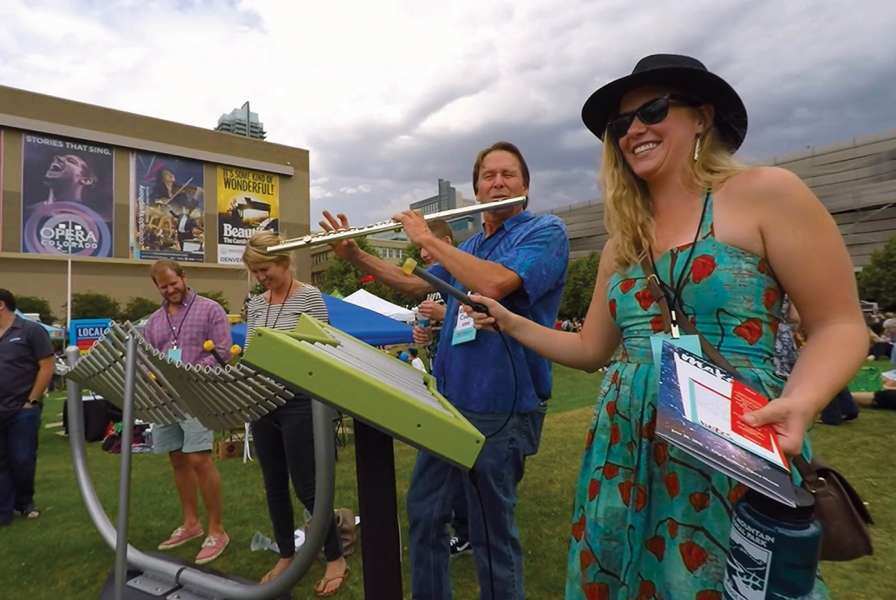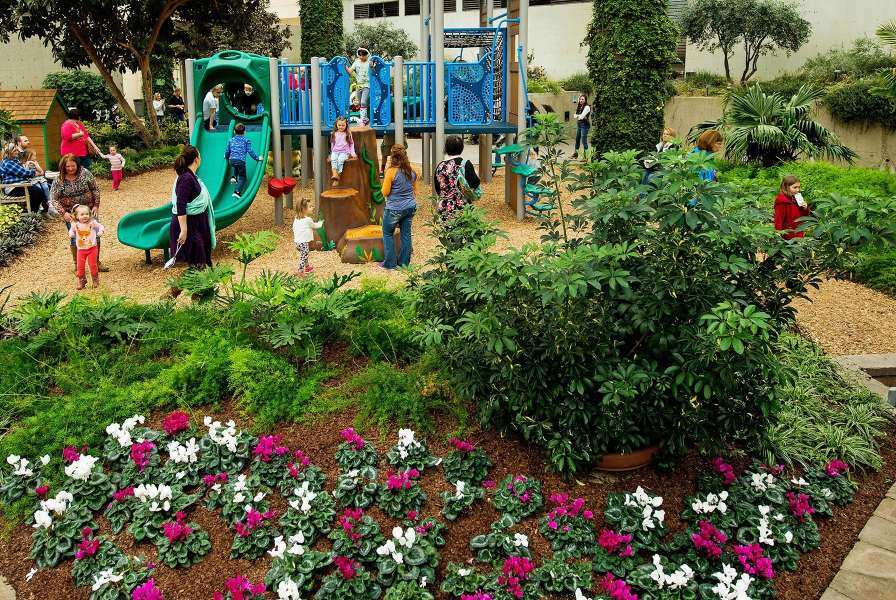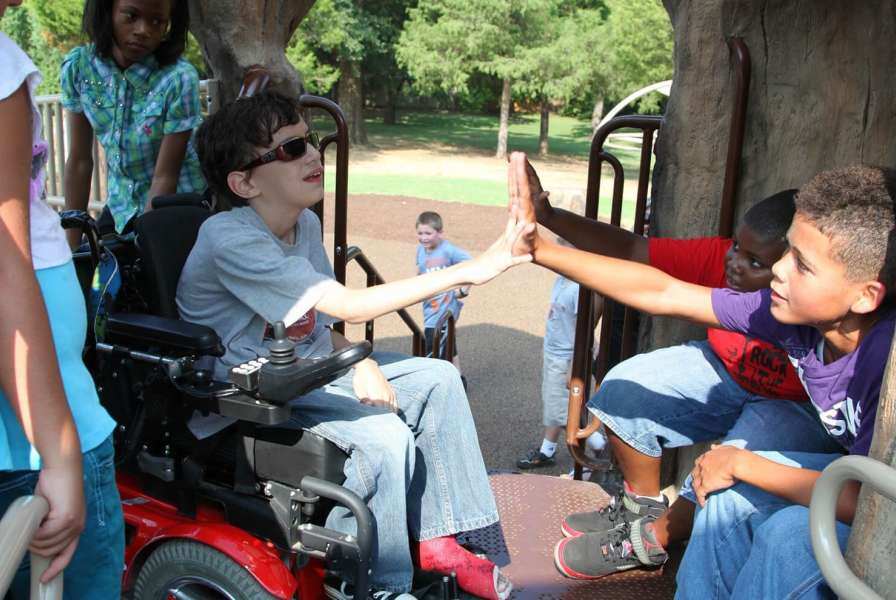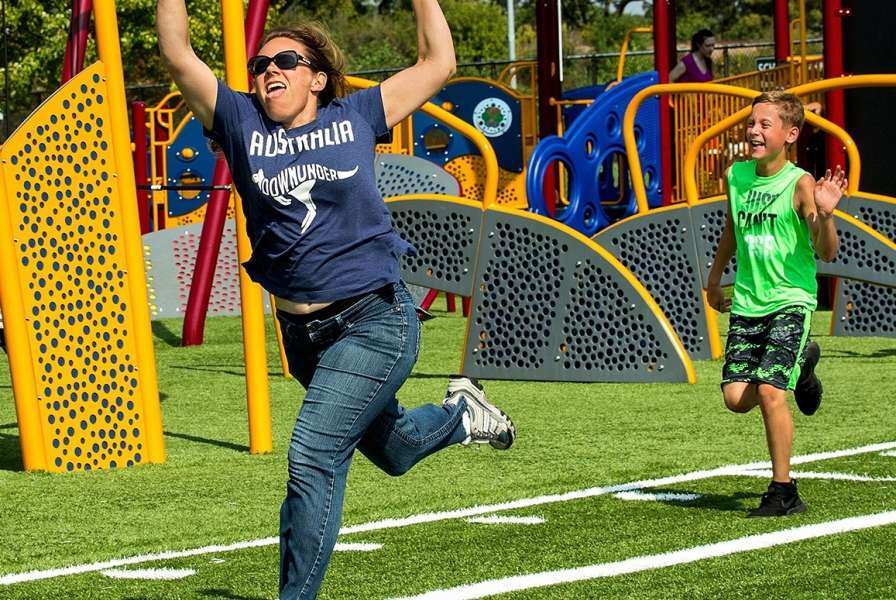The Value of Amateur Music-making in the Community
The power of music cannot be denied. There is ample evidence of how music adds vibrancy to communities, engages the brain, strengthens the sense of belonging and connection with others.
- Melissa Hughes, Ph.D, President, The Andrick Group and Co-Author of Natural Harmony: An Instrumental Guide to Blending Outdoor Music & Community
For people who love music and enjoy performing for a live audience in their spare time, there are many positive benefits. Amateur musicians find that the hours of performance rehearsals, whether alone or with others, feel like leisure activities—an enjoyable, artistic experience with intrinsic value. Even though their rehearsals may be rigorous as they work on technical accuracy and perfect the quality of sound and transmission of feeling through the music, it is not viewed as work.
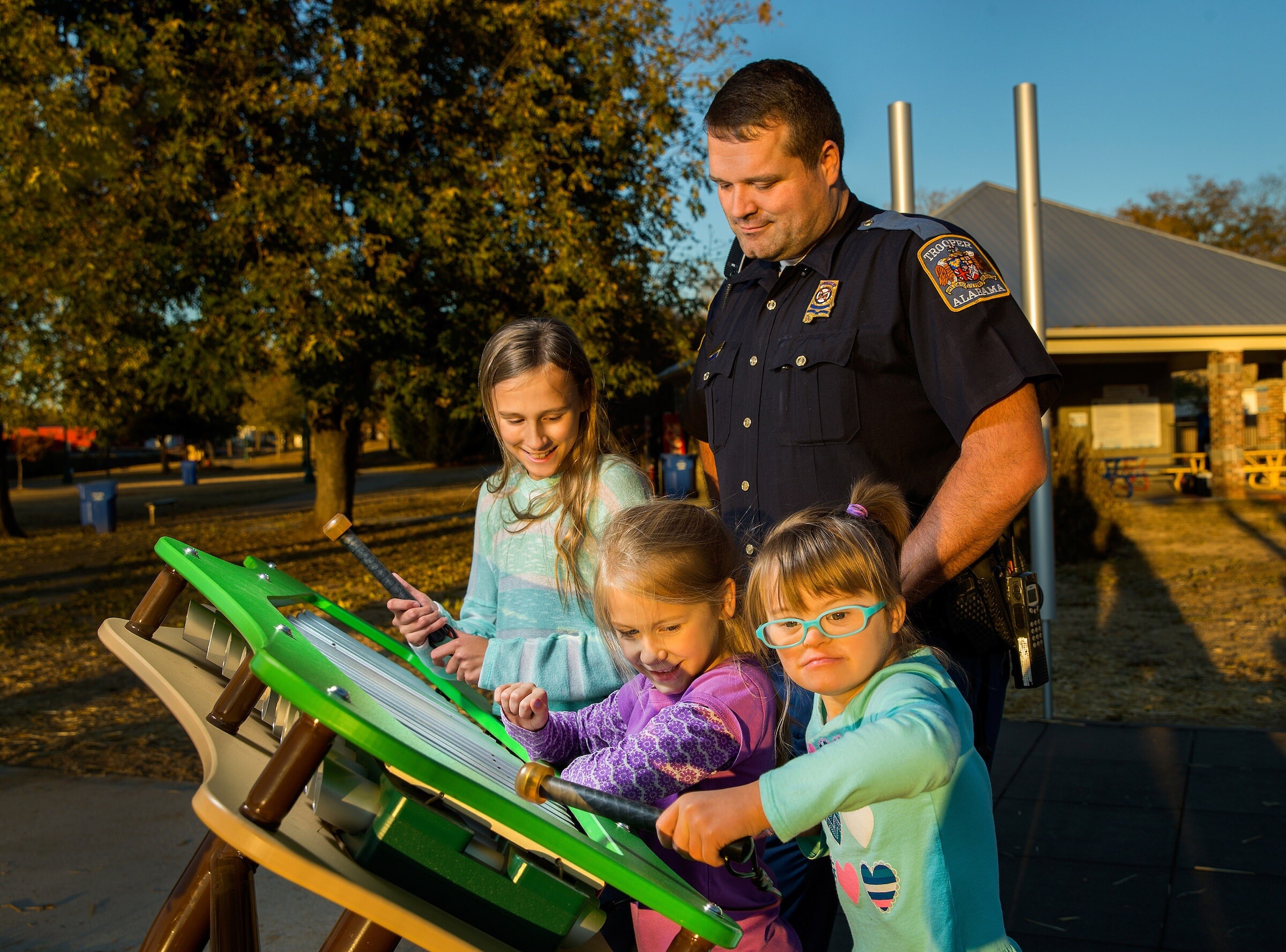
The depth of musical talent found in a community adds to the fabric of life for those living there. Highly-skilled amateur musicians seek ways to share their musical passion with others, such as performing on the stage, in the orchestra pit for summer musical theatre productions, entertaining audiences in coffeehouses, performing on street corners or in outdoor band shells, or singing in auditoriums. These venues are vehicles for different music genres. Many communities have vibrant music scenes and, possibly, distinctive musical styles. Music genres differ in tonal harmonies, texture, rhythmic patterns, and delivery. The list of music genres is extensive; musical styles range in popularity from rock to hip-hop to country to Latin, and so on. Other categories cover bluegrass, blues, jazz, pop, classical, choral, and gospel music. The uplifting musical experiences that are shared through the blending of vocal or instrumental “voices” create bonds with listening audiences and boost community pride.
The Impact of Ensemble Musical Experiences
Singing with others, playing instruments in a group — the richness of shared musical experiences — also enable new friendships to form. One study found that singing together in choirs might have an “ice breaker” effect on participants, providing a faster path to new social connections than in other social situations. Special bonds that form as singers blend their voices with others to create beautiful music can be very uplifting. Likewise, the hidden benefits become evident as singers forge friendships with others whose backgrounds and life experiences are very different.
From well-supported research findings, scientists know that the brain is altered in intricate, positive ways when musicians—amateurs and professionals—actively participate in making music. The musical avenue for those who play instruments is actually quite broad. Musicians from preteens to senior adults can be involved in vibrant groups. Depending on their age, technical skill levels, and musical preferences, the groups that instrumentalists can join range in size from a few participants to very large ensembles, such as quartets, jazz bands, school bands, community bands, orchestras, drum and bugle corps, and marching bands. When taking a closer look at the intrinsic value of participating in a high school marching band, it can be noted that these experiences yield valuable character-building lessons for youth. Students learn about the importance of teamwork, shared responsibility, and self-discipline, while gaining strong time management and sharp observation skills. Rehearsals can be strenuous and weather conditions can be unpleasant, yet determination makes the difference in what can be accomplished. Resilience is evident as band members bounce back from mistakes to achieve perfection. Great satisfaction is felt when band members as a team accomplish artistic beauty in the flawless playing of intricate music and creation of flowing, complex designs that change through marching in time with the music.
For those who learned how to play a musical instrument in their youth, there may be more benefits than just experiencing the pleasure of making music. Brenda Hanna-Pladdy and Alicia McKay, researchers at University of Kansas Medical Center studied the effects of music instruction during childhood years on the cognitive abilities of healthy adults, ages 60–83. The participants were grouped according to their music-making experiences. Aside from the control group of non-musicians, the participants in the study started learning how to play a musical instrument around 10 years of age. The researchers discovered that the participants who played an instrument for at least 10 years performed significantly better on the battery of cognitive tests than the other participants in the study.
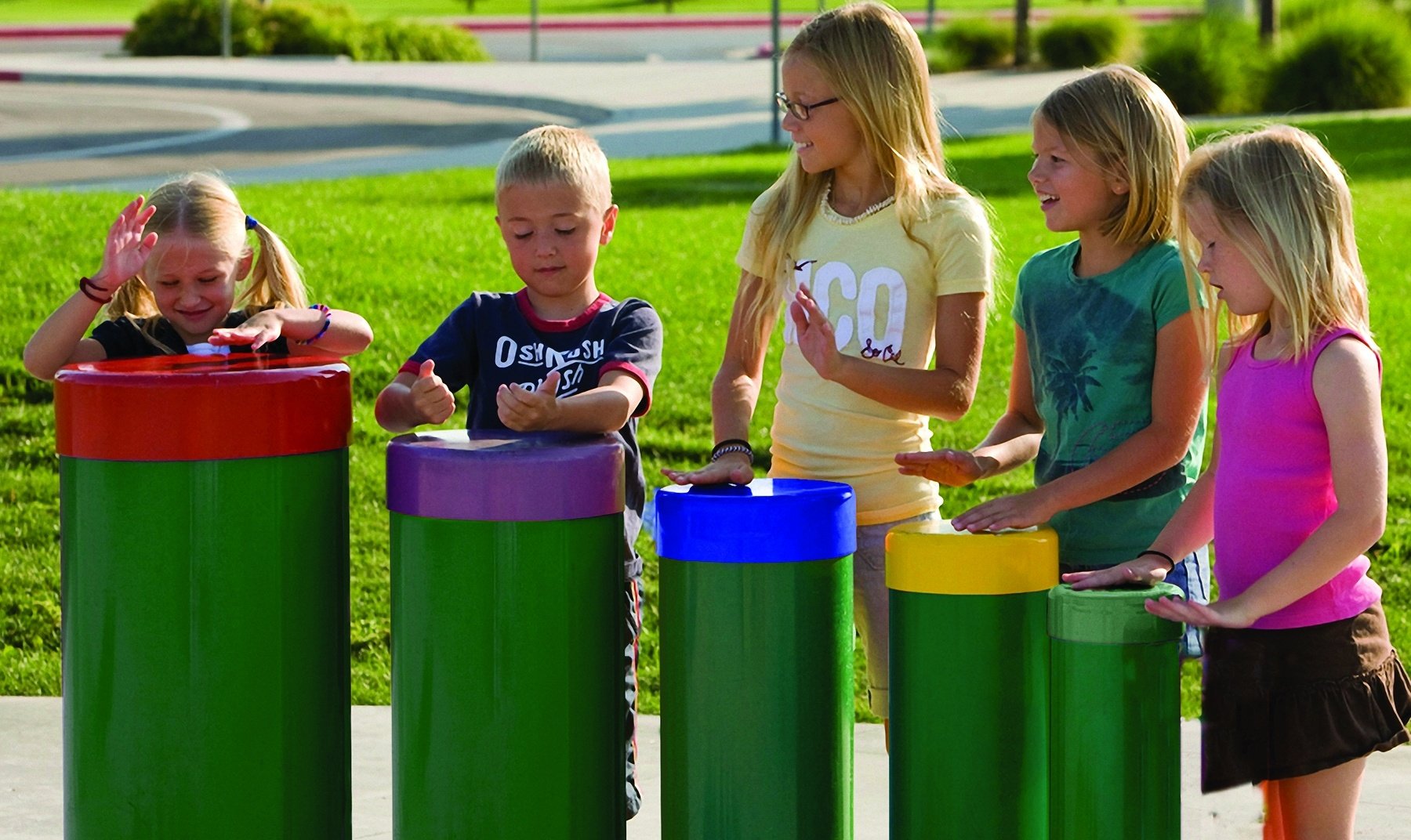 Positive Effects of Music Intervention Programs in Communities
Positive Effects of Music Intervention Programs in Communities
Another area of study for neurologists is how listening to music affects the brains of adults with neurological disorders. The results are fascinating as neuroscientists share their findings on the impact of music on brain injuries and brain conditions. One study investigated the musical processing abilities of people with epilepsy. Researchers noted a higher degree of synchronized activity in the temporal lobe of the brains of those who had a neurological disorder when listening to recorded music than what was experienced by those not listening to music.
Moving beyond the research findings of how music affects the brain, some scientists are now interested in knowing if music participation also has an impact on the physical and emotional well-being of older adults. Julene Johnson, PhD. conducted a study in Finland and found that elderly adults who sang in a choir experienced positive effects on their health. Dr. Johnson’s continued interest in this topic has also been sparked by the research conducted by the late geriatric psychiatrist, Dr. Gene Cohen. His findings noted very positive physical and emotional health benefits for older adults who participated in community arts programs. As lead researcher, Dr. Johnson has set up a new study on the potential benefits of music participation for older adults in the San Francisco, CA area. Extending over a five-year period, her research focuses on the cognitive impact and overall physical and emotional well-being of adults 60 years of age or older who sing in the Community of Voices choirs. Even though it is widely known that singers enjoy being a part of a music community, scientists continue researching to find out if singing with peers supports healthy aging.
The power of music cannot be denied. There is ample evidence of how music adds vibrancy to communities, engages the brain, strengthens the sense of belonging and connection with others, and possibly boosts the physical and emotional health of older adult participants.
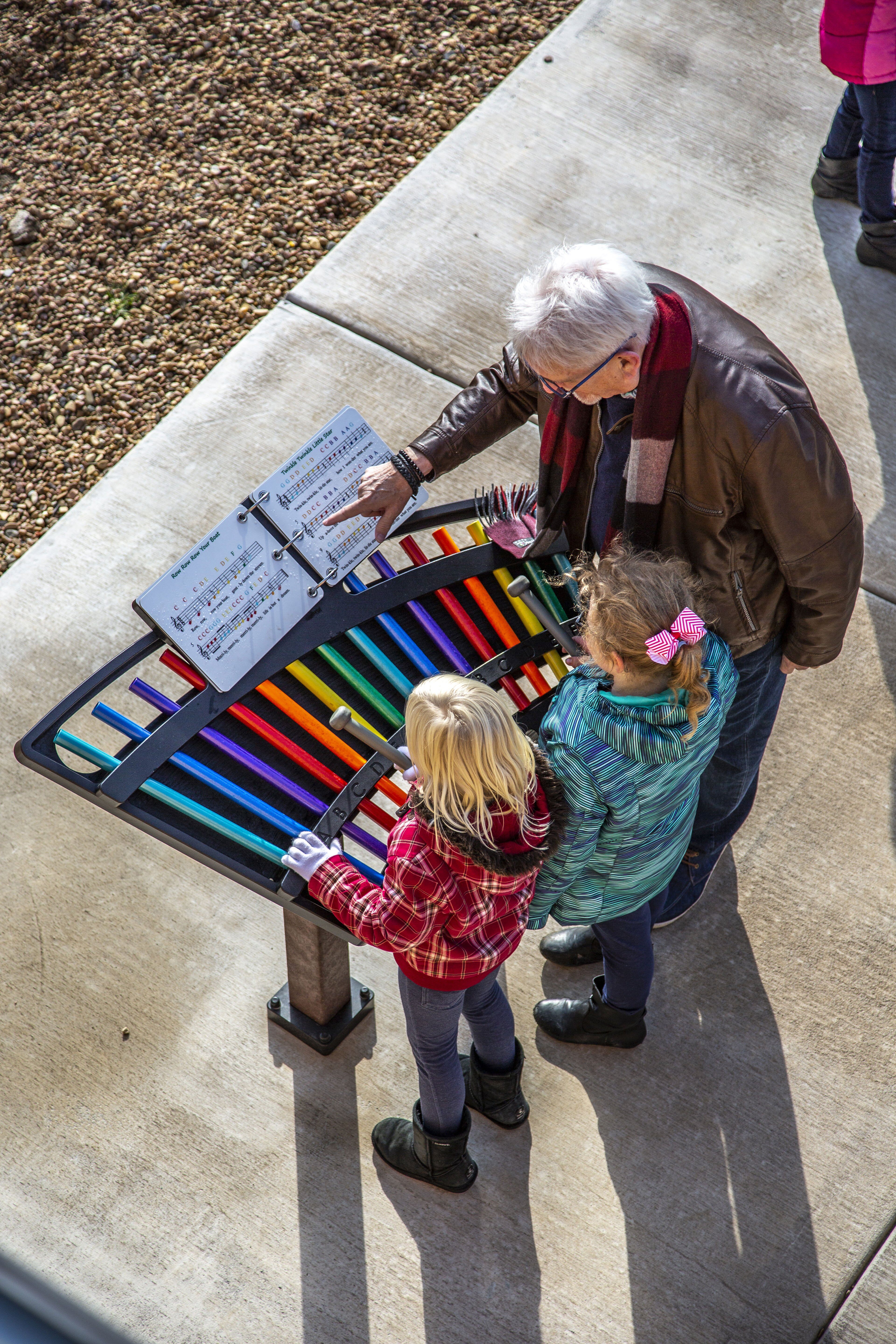 The Needs of Diverse Users
The Needs of Diverse Users
Music engages the senses, ignites creativity and imagination, and spurs meaningful interactions between users. Outdoor music environments uniquely bring together diverse user groups to spontaneously interact, socialize, collaborate, create, and learn from each other. Music can lure people of all ages and cultures—children and youth, adults, seniors, families, community groups, learning communities, and the like. People of all ages and abilities can play together effortlessly. Well-designed outdoor musical instruments have complementary scales to encourage creative exploration and offer interesting tactile play.
Whether the Instruments are explored independently or collectively through interactive games and social play, users are engaged musically. Children and adults enjoy the self-directed play. The instruments can be used to facilitate deeper levels of engagement with peers and shared experiences of joyful harmony. These diverse musical opportunities help children of all ages develop a sense of wonder, comfort, and confidence in their movements. They also lead to improved self-esteem, increased communication and cooperative play, and positive reciprocal interactions. Thoughtfully planned and well-executed outdoor music environments benefit the whole community.
The evidence is profound: making music is beneficial for children, families, and communities, and the outdoor environment is the ideal location. Multigenerational users can collaborate in these musical spaces in interesting and creative ways. A well-designed outdoor music environment services diverse users, accentuates natural attributes of the outdoor setting, and provides intentionally harmonizing musical elements that facilitate discovery and bring joy to every experience.
